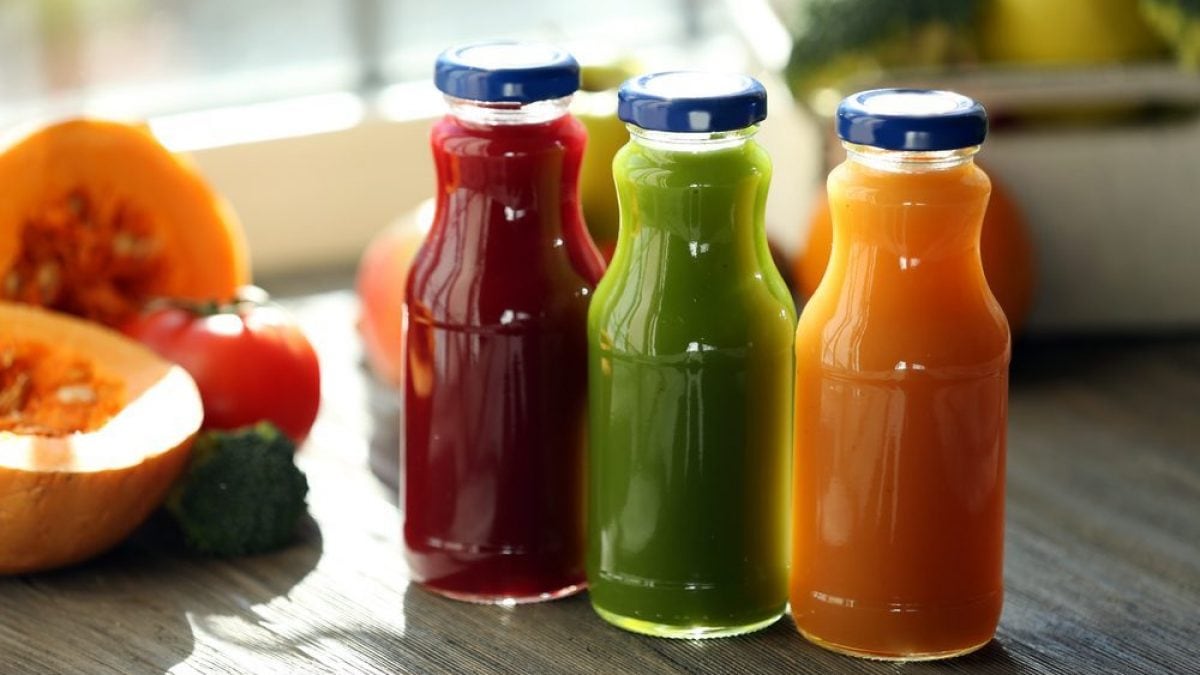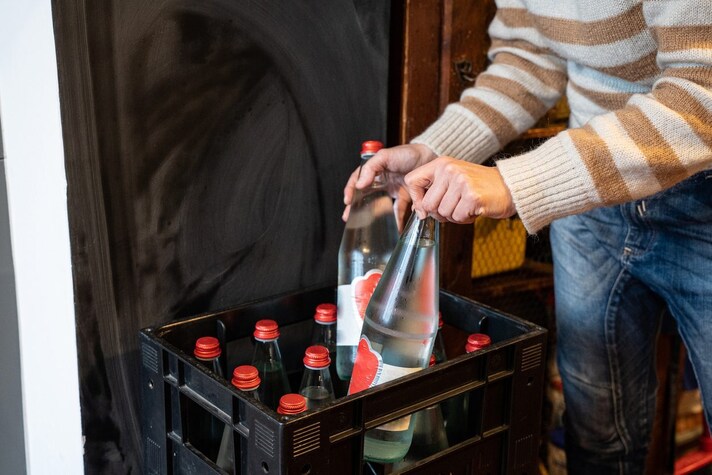
Your grandparents or parents will have told you this at least once, or maybe you've experienced it firsthand: once upon a time, between the 1960s and 1980s, every drink was sold in glass bottles, from water to carbonated soft drinks. Then plastic arrived and definitively took over the market, replacing glass until it became the primary material used for bottling water and carbonated drinks. But have you ever had the impression that drinking something bottled in glass tastes better? That, somehow, it tastes better than a drink that came in a plastic bottle? It's not just your impression: science itself explains why soft drinks and water in glass bottles seem somehow more "genuine."
Are Glass Bottles Better Than Plastic Ones?
Plastic, or rather PET (polyethylene terephthalate), is a harmless material if used incorrectly, but if stored incorrectly or if it wears out after repeated use, it can end up altering the liquids it contains. It's no coincidence that the label on every plastic water bottle reads, "Store in a cool, dry, clean, and odorless place, away from sunlight and heat sources." Heat and sunlight, in fact, accelerate the wear and tear of the material and facilitate the release of microplastics into the liquid inside the bottle.

Glass, on the other hand, is an inorganic material that remains unchanged over time and doesn't release any harmful substances. While plastic ones aren't always harmful (though it's best to avoid ingesting them, of course), they can easily alter the taste of the beverage. If you think about the long journey that bottles of water or any other plastic beverage undergo before reaching supermarket shelves, you can easily understand why the taste might seem a bit off.
Not only that, but plastic is more permeable to carbon dioxide, so the substance escapes from a plastic bottle faster than from a glass one. It's understandable, then, that a drink tastes flatter when you drink it from a plastic container (especially if it's been in the bottle for a long time) than from a glass one, which better preserves the beloved bubbles. So it's not just an urban legend or your impression: drinks bottled in glass actually taste better because, even though the liquid inside is the same, glass keeps it more intact than plastic.
Why Glass Preserves Food Better (And Why It's Not Used as Often)
As you may have guessed, glass is one of the best materials for preservation, not just for liquids but for preserving any type of food in general. We've explained that it doesn't leach any substances into the solid or liquid foods stored inside, and it doesn't interact in any way with the contents, which thus retain their original flavors and aromas. Glass is also impervious to external chemicals and gases, is an excellent thermal insulator, and, in its colored version, can even shield solar radiation, protecting the contents inside—in our case, liquids.

Furthermore, a factor not to be underestimated, glass is an ally of the environment because it is long-lasting (and therefore reusable) but also because it is much easier to recycle than plastic. So, if it is an absolutely superior material in terms of safety and environmental friendliness, why is almost everything bottled in plastic? The answer is simple and, as almost always, has to do with production costs: PET containers cost much less, are much lighter than glass containers of the same size, and are easier to transport for large-scale retailers because they are less fragile and therefore less likely to break.
The Third Option: Recyclable Cardboard
Besides plastic and glass, there's a third solution that's becoming increasingly popular and is often found in many bars and clubs, though it's not yet widespread in large-scale retail outlets: recycled cardboard bottles, a new type of packaging designed to combine practicality and lightweight design with quality and environmental sustainability. These new, lightweight and shatterproof containers are made from paper obtained from certified renewable sources and are completely recyclable. They also guarantee perfect preservation of water and beverages by shielding their contents from heat and sunlight, and by not releasing any harmful substances into the product, they maintain its quality.
Be careful, this isn't a completely plastic-free package: the bottle can't be made entirely of paper, otherwise it would deteriorate quickly; it's made of a multilayer material similar to that of milk cartons. It's still a bottle with significantly less plastic than the classic bottle used today, but it's as safe as glass while being significantly lighter, and it's also more eco-sustainable than traditional plastic bottles. In short, these paper-based boxes could be the perfect middle ground between plastic and glass bottles, simplifying production and distribution while also ensuring consumers receive a safe, top-tasting beverage.
;Resize,width=767;)
